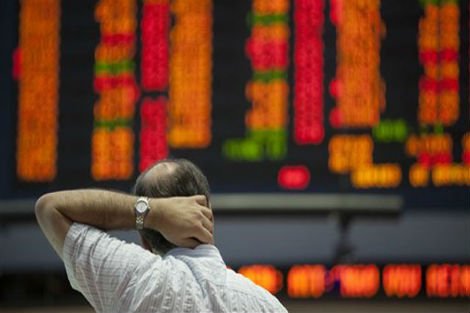Regulatory factors limiting US non-vascular stent market growth
April 22, 2015 | Wednesday | News | By BioSpectrum Bureau
Regulatory factors limiting US non-vascular stent market growth
(Photo Courtesy: www.euroinvestor.com)
The future growth of the non-vascular stent market by 2021 will be slower in the US than almost every other major market, due in part to an increasingly difficult regulatory process and the medical device excise tax, but primarily as a result of clinical factors and unmet needs still to be addressed, says research and consulting firm GlobalData.
The company's report states that the US market for non-vascular stents, which includes enteral, airway, urinal tract, and pancreatic and biliary stents, was valued at $205.5 million in 2013.
It is projected to expand at a modest Compound Annual Growth Rate (CAGR) of 3.3 percent to approximately $265.8 million by 2021.
By comparison, the average CAGR across the 10 major markets, namely the US, France, Germany, Italy, Spain, UK, Japan, Brazil, China, and India, will be 4.5 percent, and only Italy will witness slower growth than the US over the forecast period, with a CAGR of 3.2 percent.
Ms Priya Radhakrishnan, GlobalData's director of medical devices, says restraints such as pricing pressures and regulatory hurdles will continue to have an impact on this market.
She said: "Despite the regulation there still remains some growth in all the markets, primarily driven by population, rising disease prevalence and expanding indications. Additionally, the growth in the elderly segment continues to keep the CAGR positive.
"On the other hand, barriers to more heightened growth in the US, as opposed to the EU, include the slower adoption of newer stent technology, due to increased regulatory scrutiny by the Food and Drug Administration and an expensive product approval cycle."
GlobalData's report also states that the medical device excise tax, which is a 2.3 percent US tax on the domestic sales of medical devices paid by the manufacturer, represents a costly and immense burden.
Despite this, clinical factors remain the most prominent barriers to US market expansion.
Ms Radhakrishnan explained: "Factors such as a preference for minimally invasive solutions and a desire for better clinical outcomes will restrict growth.
"Opportunities that need further development include more customized, biodegradable and drug-eluting stents. As the complications are addressed in the next generation of products, we can expect to see further market expansion."










